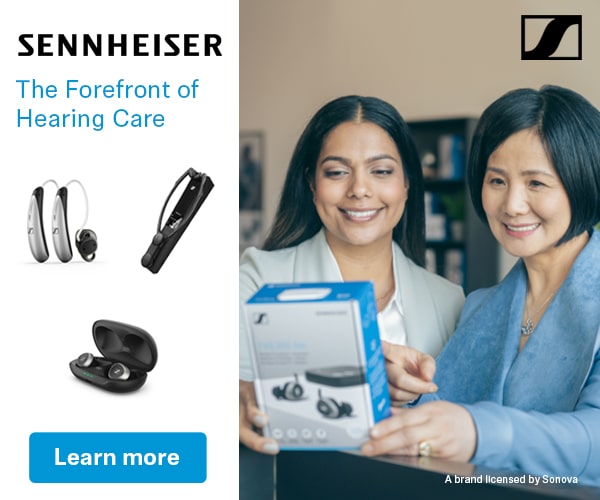Jul. 10, 2012
When fitting musician earplugs, the clinical rule of thumb is the longer the better. This has to do with the issue of stability as well as minimizing the occlusion effect. Simply stated, the occlusion effect is caused by the wearer’s own voice (or vibration energy from their instrument that is transduced through the mandible and condyle to the boney portion






